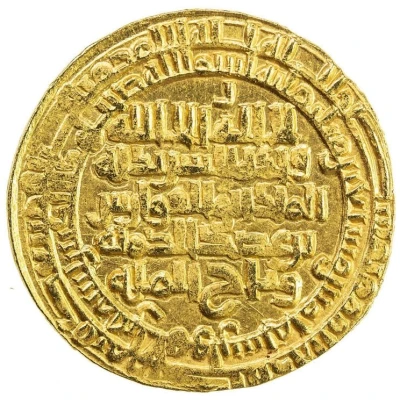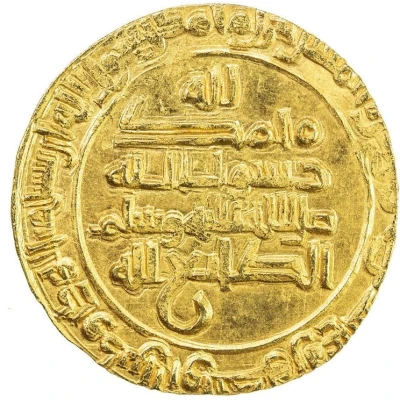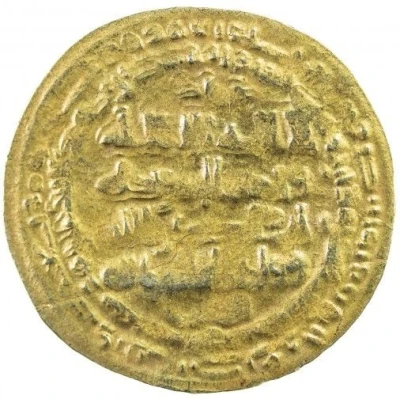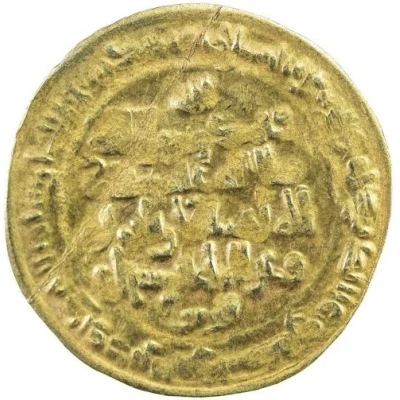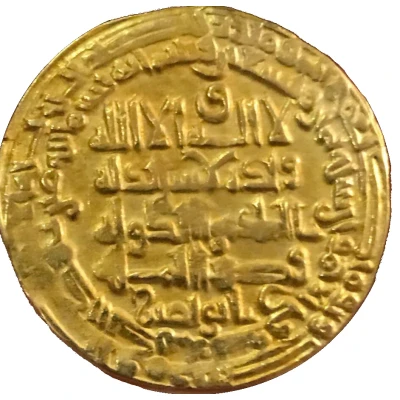
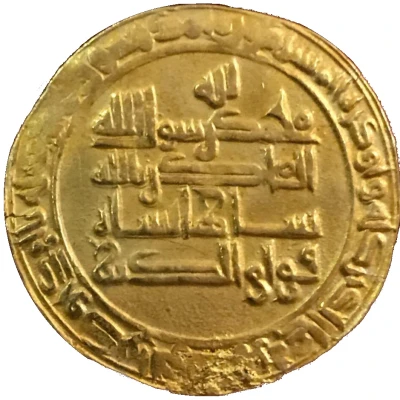

Dinar - Baha' al-Dawla Abu Nasr Suq al-Ahwaz ND
| Gold (fine or base gold) | 3.63 g | 26.7 mm |
| Issuer | Buyids of Iraq (Buyid dynasty) |
|---|---|
| Emir | Baha' al-Dawla (989-1012) |
| Type | Standard circulation coin |
| Years | 988-1012 |
| Value | 1 Dinar |
| Currency | Dinar (934-1062) |
| Composition | Gold (fine or base gold) |
| Weight | 3.63 g |
| Diameter | 26.7 mm |
| Shape | Round (irregular) |
| Technique | Hammered |
| Orientation | Coin alignment ↑↓ |
| Demonetized | Yes |
| Updated | 2024-10-05 |
| Numista | N#136107 |
|---|---|
| Rarity index | 97% |
Reverse
Script: Arabic
Edge
Plain
Comment
The dinars of Baha al-Dawla were originally struck in reasonably pure gold.The Buyid dynasty or the Buyids was an Iranian Shia dynasty of Daylamite origin. Coupled with the rise of other Iranian dynasties in the region, the approximate century of Buyid rule represents the period in Iranian history sometimes called the 'Iranian Intermezzo' since, after the Muslim conquest of Persia, it was an interlude between the rule of the Abbasid Caliphate and the Seljuk Empire
Interesting fact
One interesting fact about this coin is that it was issued during the reign of Baha' al-Dawla Abu Nasr, who was a member of the Buyid dynasty, a Shia Muslim dynasty that ruled over much of the Middle East and Central Asia during the 10th and 11th centuries. The coin features an inscription in Arabic that includes the name of the ruler and the date of issue, as well as a decorative design that includes a stylized tree and other motifs. The use of gold in the coin's construction reflects the wealth and power of the Buyid Empire at the time.
